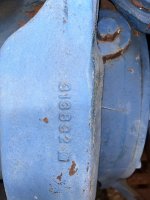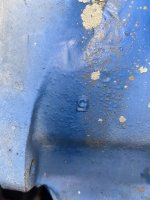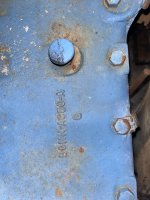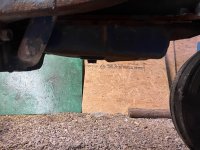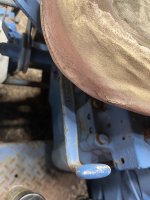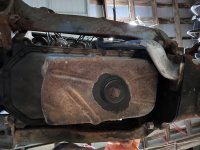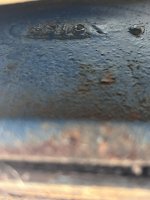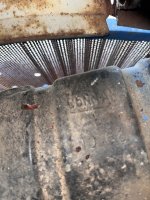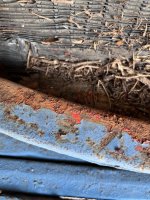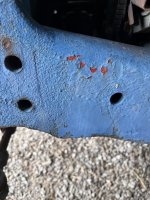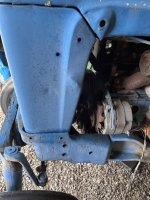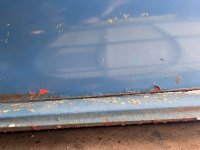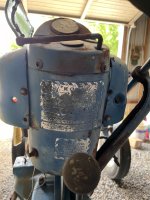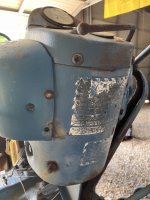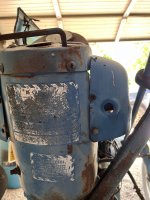johndeereguy2100
Member
Can someone help me decode this Ford offset? I believe its a 2000 not a 541 but dont know for sure. Also everything ive read said an offset should have "11" not "12" or a "20" (depending on which website you read from) in the second and third digit. Has the main housing been replaced or is this part of the oddball ness that is 2000 offsets? Thanks! (cross posted in the main tractor talk section)
EDIT* Also it is a 4cylinder gas, has PTO and hydraulics

EDIT* Also it is a 4cylinder gas, has PTO and hydraulics
Last edited:



